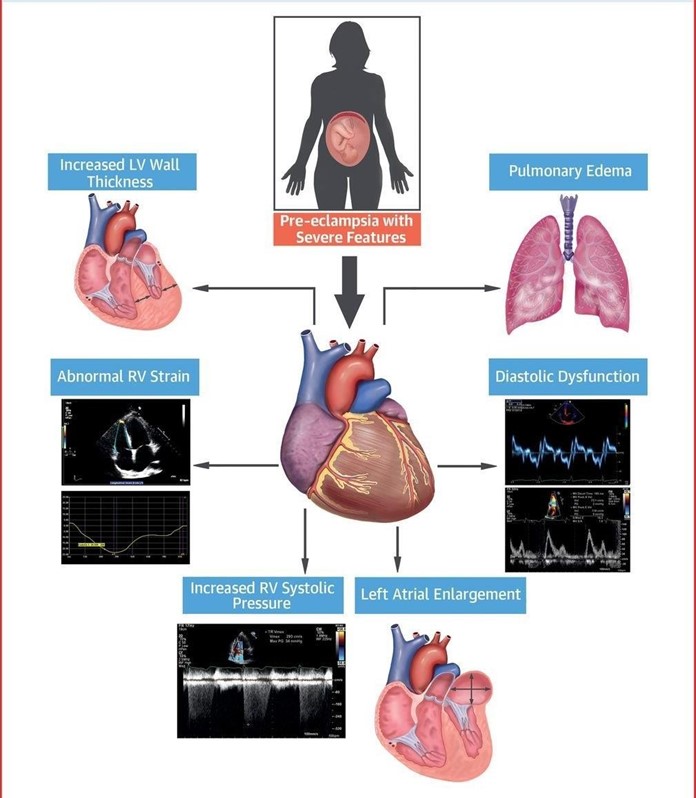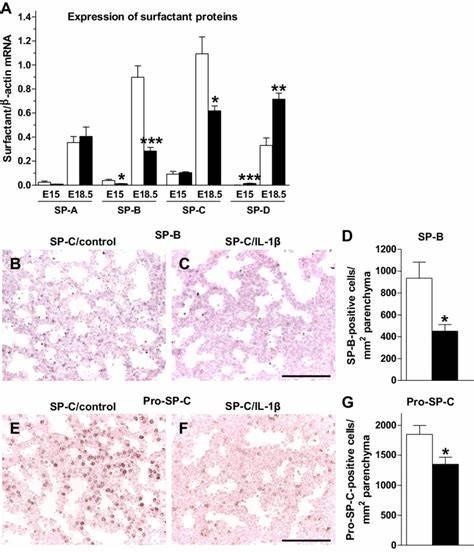A woman with severe preeclampsia is being treated with bed rest and intravenous magnesium sulfate. The drug classification of this medication is
Antihypertensive
Anticonvulsant
Tocolytic
Diuretic
The Correct Answer is B
Choice A) Antihypertensive: This is not the correct classification of magnesium sulfate. Antihypertensives are drugs that lower blood pressure, such as beta blockers, calcium channel blockers, or angiotensin-converting enzyme inhibitors. Magnesium sulfate does not have a significant effect on blood pressure, and it is not used as a primary treatment for hypertension in preeclampsia.
Choice B) Anticonvulsant: This is the correct classification of magnesium sulfate. Anticonvulsants are drugs that prevent or reduce the frequency and severity of seizures, such as phenytoin, valproic acid, or carbamazepine.
Magnesium sulfate is used as a prophylactic and therapeutic agent for eclampsia, which is a life-threatening complication of preeclampsia characterized by seizures. Magnesium sulfate acts by blocking the neuromuscular transmission and reducing the cerebral edema and vasospasm.
Choice C) Tocolytic: This is not the correct classification of magnesium sulfate. Tocolytics are drugs that inhibit uterine contractions and delay preterm labor, such as terbutaline, nifedipine, or indomethacin. Magnesium sulfate is not effective as a tocolytic agent, and it is not recommended for this purpose by the American College of Obstetricians and Gynecologists.
Choice D) Diuretic: This is not the correct classification of magnesium sulfate. Diuretics are drugs that increase urine output and reduce fluid retention, such as furosemide, hydrochlorothiazide, or spironolactone. Magnesium sulfate does not have a diuretic effect, and it can cause fluid overload and pulmonary edema if administered in excess.

Nursing Test Bank
Naxlex Comprehensive Predictor Exams
Related Questions
Correct Answer is C
Explanation
Choice A) dilates the bronchioles, decreasing airway resistance: This is not the correct function of surfactant.
Surfactant is a substance that reduces the surface tension of the fluid that lines the alveoli, which are the tiny air sacs in the lungs where gas exchange occurs. Surfactant does not affect the diameter of the bronchioles, which are the small airways that branch from the bronchi. Bronchodilation and bronchoconstriction are regulated by the autonomic nervous system and various mediators, such as histamine, epinephrine, and acetylcholine.
Choice B) provides transportation for oxygen to enter the blood supply: This is not the correct function of surfactant. Surfactant does not transport oxygen or any other gas. Oxygen diffuses from the alveoli into the capillaries, where it binds to hemoglobin in the red blood cells. The red blood cells then transport oxygen to the tissues via the blood circulation. Surfactant does not play a role in this process.
Choice C) keeps the alveoli open during expiration: This is the correct function of surfactant. Surfactant prevents the alveoli from collapsing during expiration by lowering the surface tension of the fluid that lines them. This allows for easier breathing and better gas exchange. Without enough surfactant, the alveoli tend to collapse and stick together, causing atelectasis, which is a condition where some or all of a lung collapses. Atelectasis can lead to hypoxia, respiratory distress, and infection.
Choice D) causes increased permeability of the alveoli: This is not the correct function of surfactant. Surfactant does not increase or decrease the permeability of the alveoli, which is the ability of substances to pass through them.
Permeability of the alveoli depends on several factors, such as pressure gradients, solubility, molecular size, and membrane thickness. Increased permeability of the alveoli can occur in conditions such as acute respiratory distress syndrome (ARDS), where fluid leaks into the alveolar space and impairs gas exchange. Surfactant does not cause this condition, but it can be affected by it.

Correct Answer is C
Explanation
Choice A) Newborns are abdominal breathers is incorrect because this is not a reason why the respiratory rate should be counted for a complete minute, but rather a characteristic of how newborns breathe. Abdominal breathing means that the diaphragm and the abdominal muscles are the main muscles used for breathing, rather than the chest muscles. Newborns are abdominal breathers because their chest wall is more compliant and less stable than adults, and their intercostal muscles are not fully developed. Abdominal breathing does not affect the accuracy or duration of measuring the respiratory rate, as long as the abdomen is visible and palpable. Therefore, this response is irrelevant and inaccurate.
Choice B) Activity will increase the respiratory rate is incorrect because this is not a reason why the respiratory rate should be counted for a complete minute, but rather a factor that can influence the respiratory rate. Activity means any physical or mental exertion that requires more oxygen and energy from the body. Activity can increase the respiratory rate, as well as the heart rate and blood pressure, to meet the increased oxygen demand and carbon dioxide removal. However, activity does not affect the accuracy or duration of measuring the respiratory rate, as long as the newborn is calm and resting during the measurement. Therefore, this response is irrelevant and inaccurate.
Choice C) The rate and rhythm of breath are irregular in newborns is correct because this is a reason why the respiratory rate should be counted for a complete minute. The rate and rhythm of breath refer to how fast and how regularly one breathes. Newborns have an irregular rate and rhythm of breath, which means that they breathe at different speeds and intervals, sometimes pausing for a few seconds between breaths. This is normal and harmless for newborns, as long as they do not stop breathing for more than 20 seconds or show signs of distress. However, it can make it difficult to measure the respiratory rate accurately, as counting for a shorter period may not reflect the true average rate. Therefore, counting for a complete minute can ensure a more reliable measurement. Therefore, this response is clear and accurate.
Choice D) Newborns do not expand their lungs fully with each respiration is incorrect because this is not a reason why the respiratory rate should be counted for a complete minute, but rather a feature of how newborns breathe.
Lung expansion means how much air one inhales and exhales with each breath. Newborns do not expand their lungs fully with each respiration, because they have smaller lung volumes and capacities than adults, and they breathe more shallowly and rapidly. However, lung expansion does not affect the accuracy or duration of measuring the respiratory rate, as long as the chest or abdomen movement is visible and palpable. Therefore, this response is irrelevant and inaccurate.

Whether you are a student looking to ace your exams or a practicing nurse seeking to enhance your expertise , our nursing education contents will empower you with the confidence and competence to make a difference in the lives of patients and become a respected leader in the healthcare field.
Visit Naxlex, invest in your future and unlock endless possibilities with our unparalleled nursing education contents today
Report Wrong Answer on the Current Question
Do you disagree with the answer? If yes, what is your expected answer? Explain.
Kindly be descriptive with the issue you are facing.
